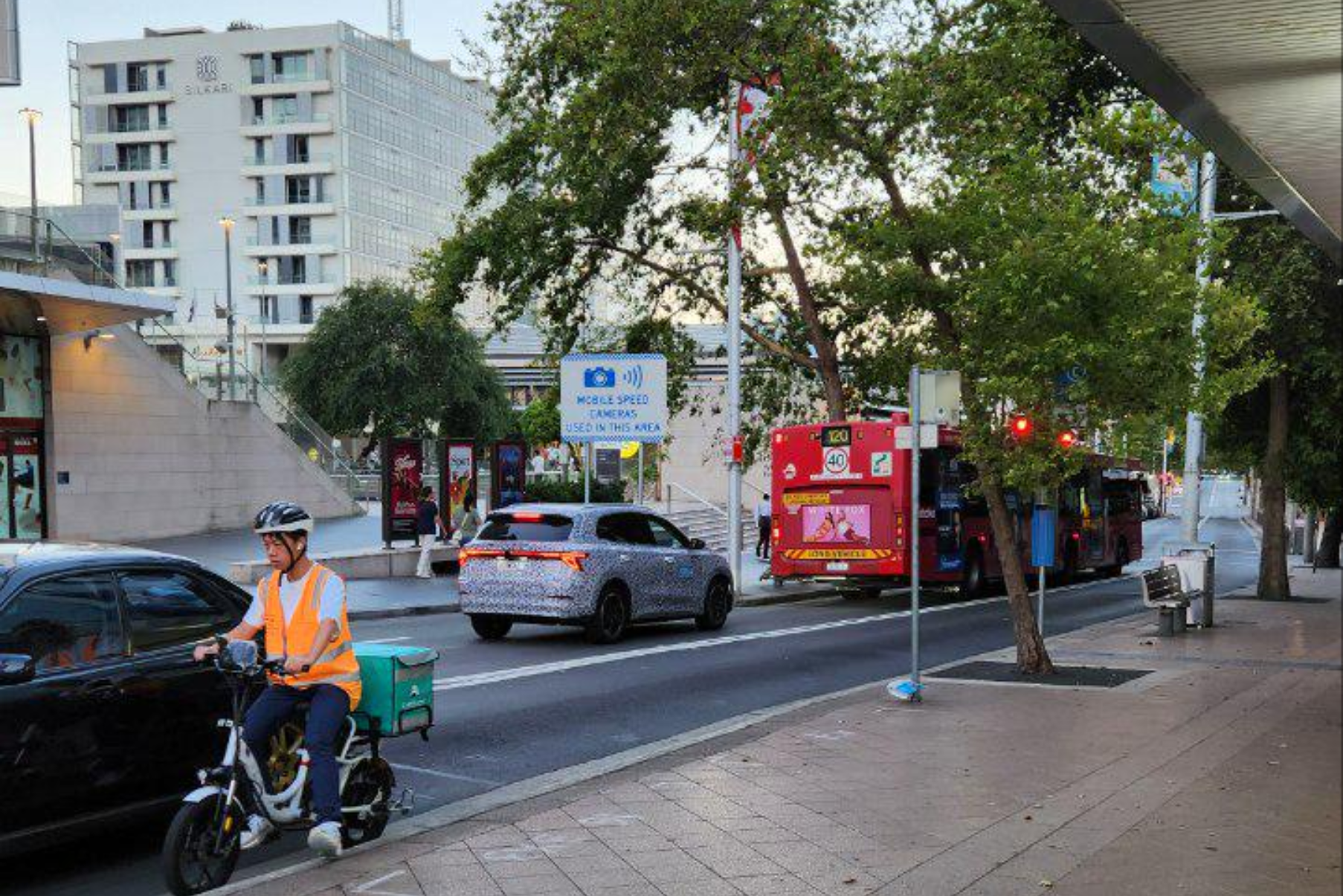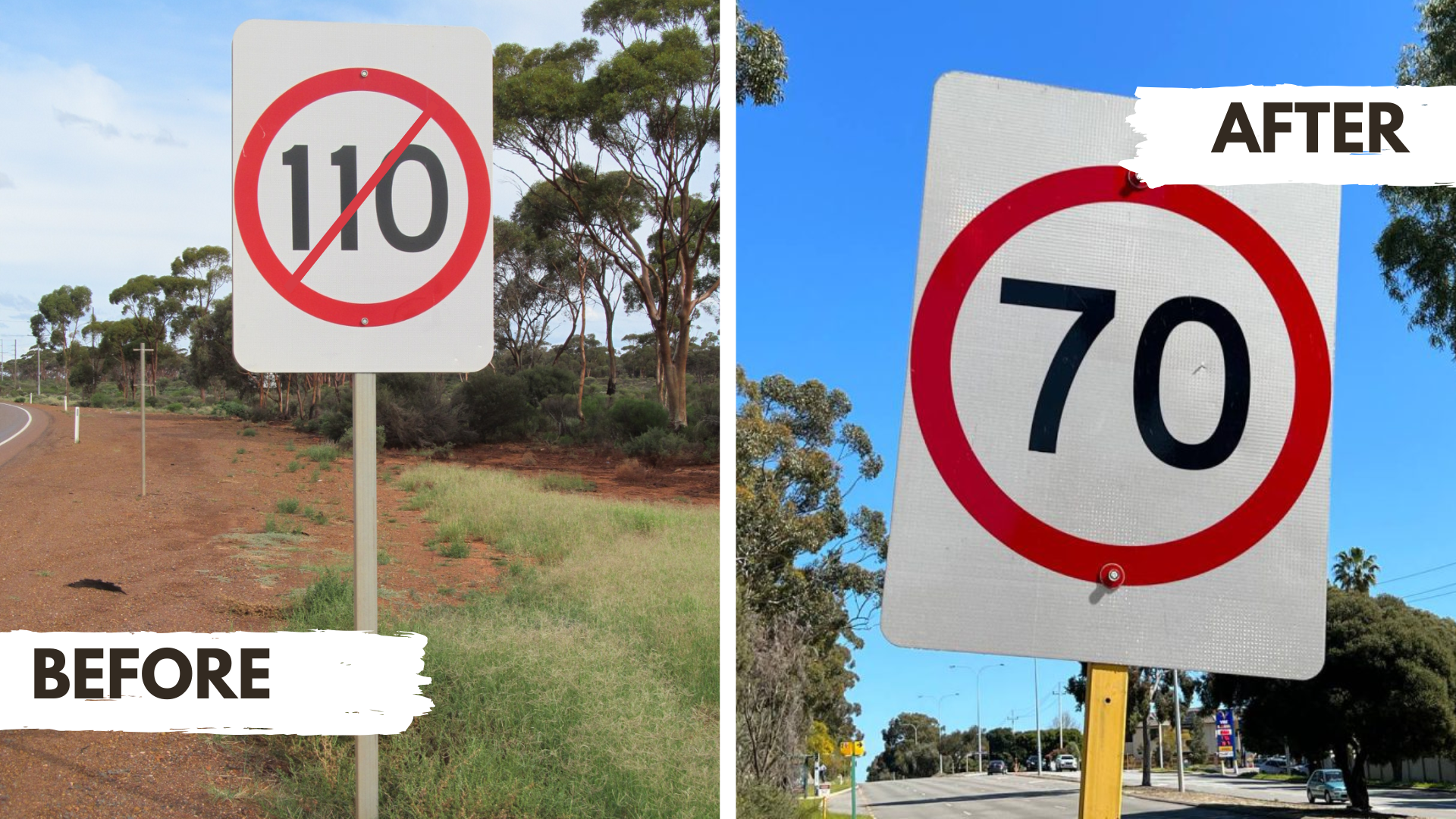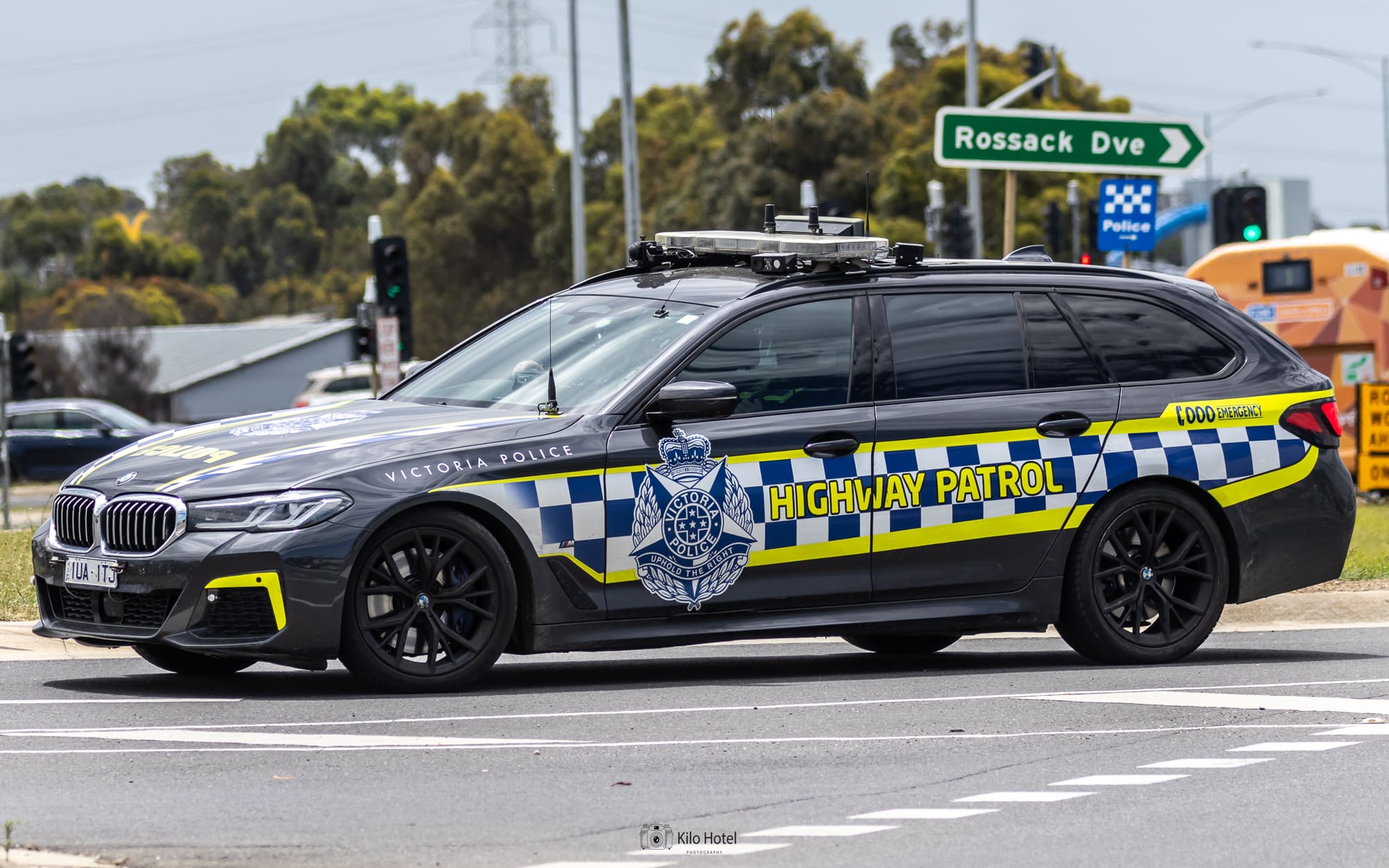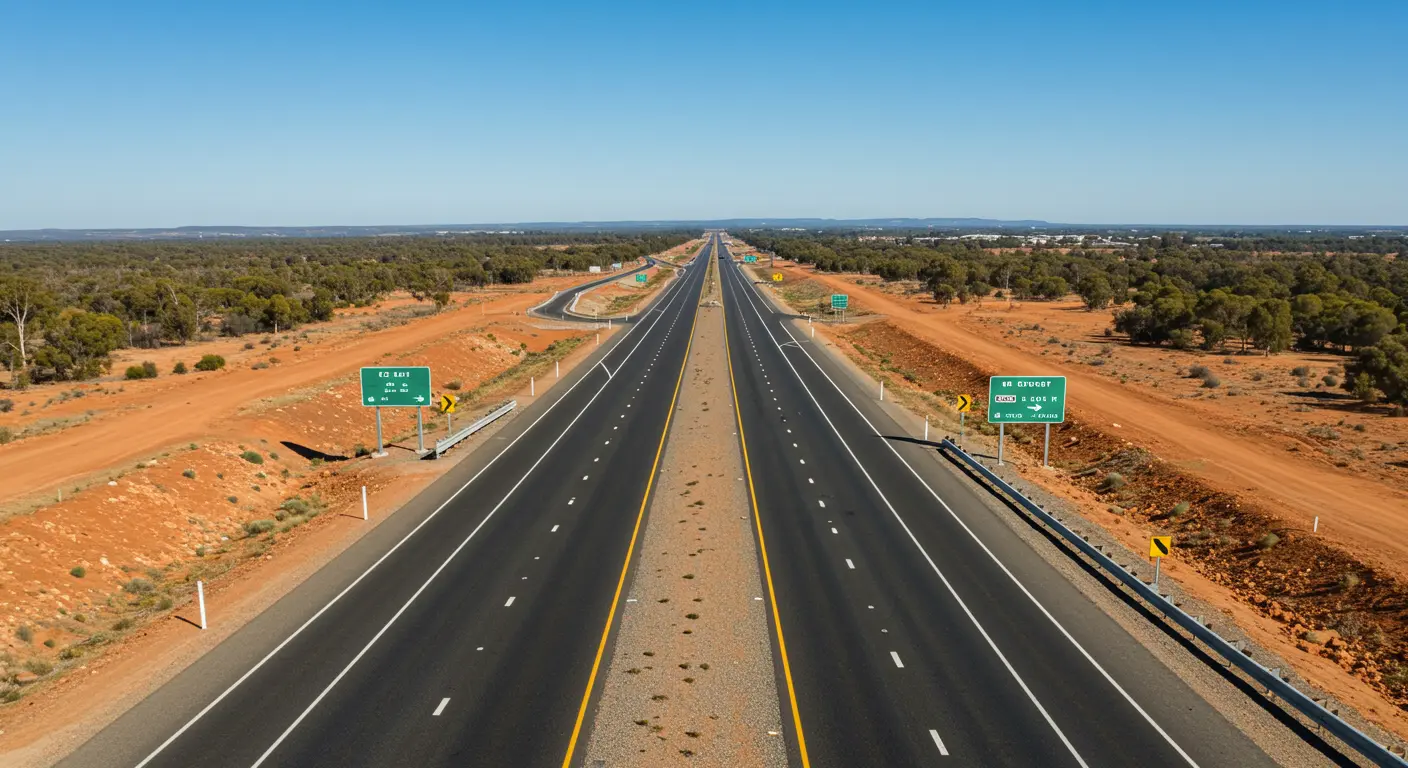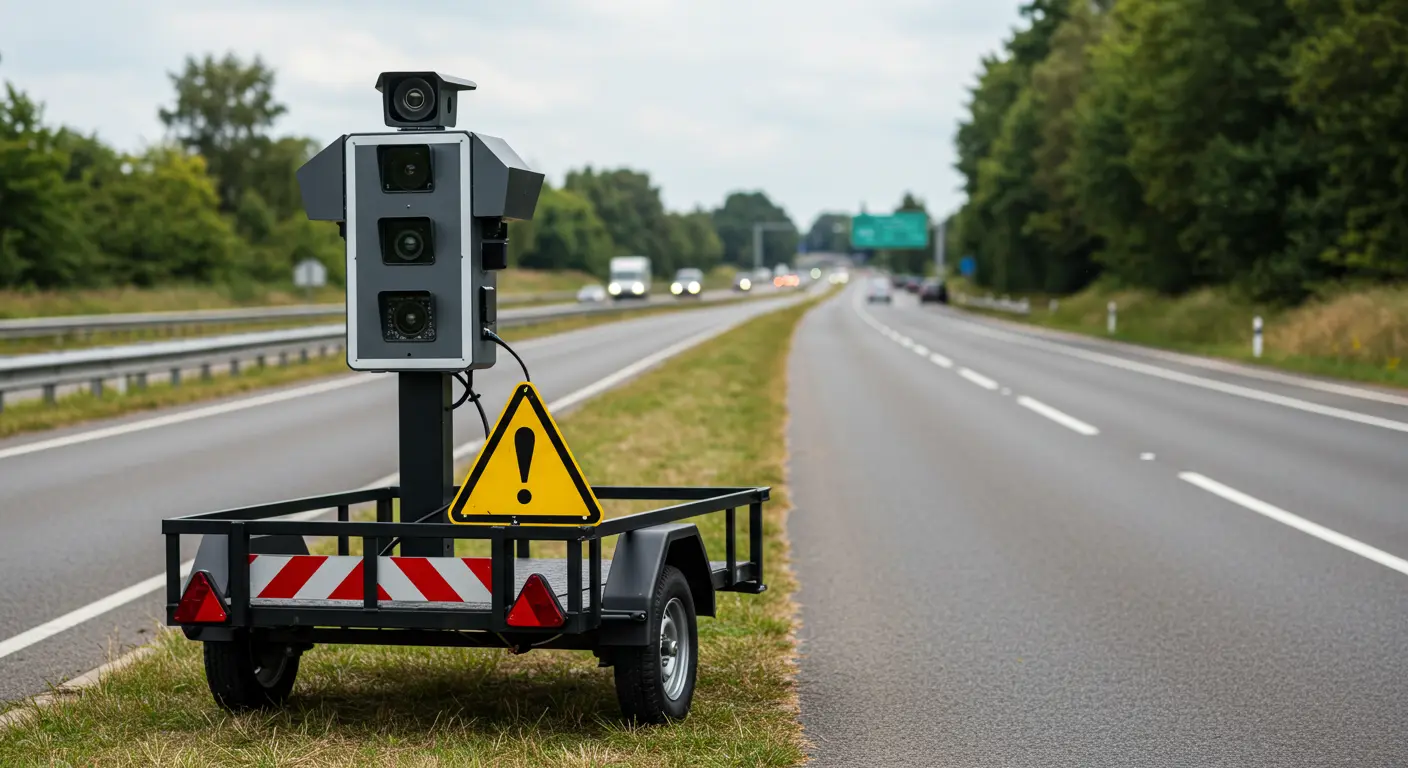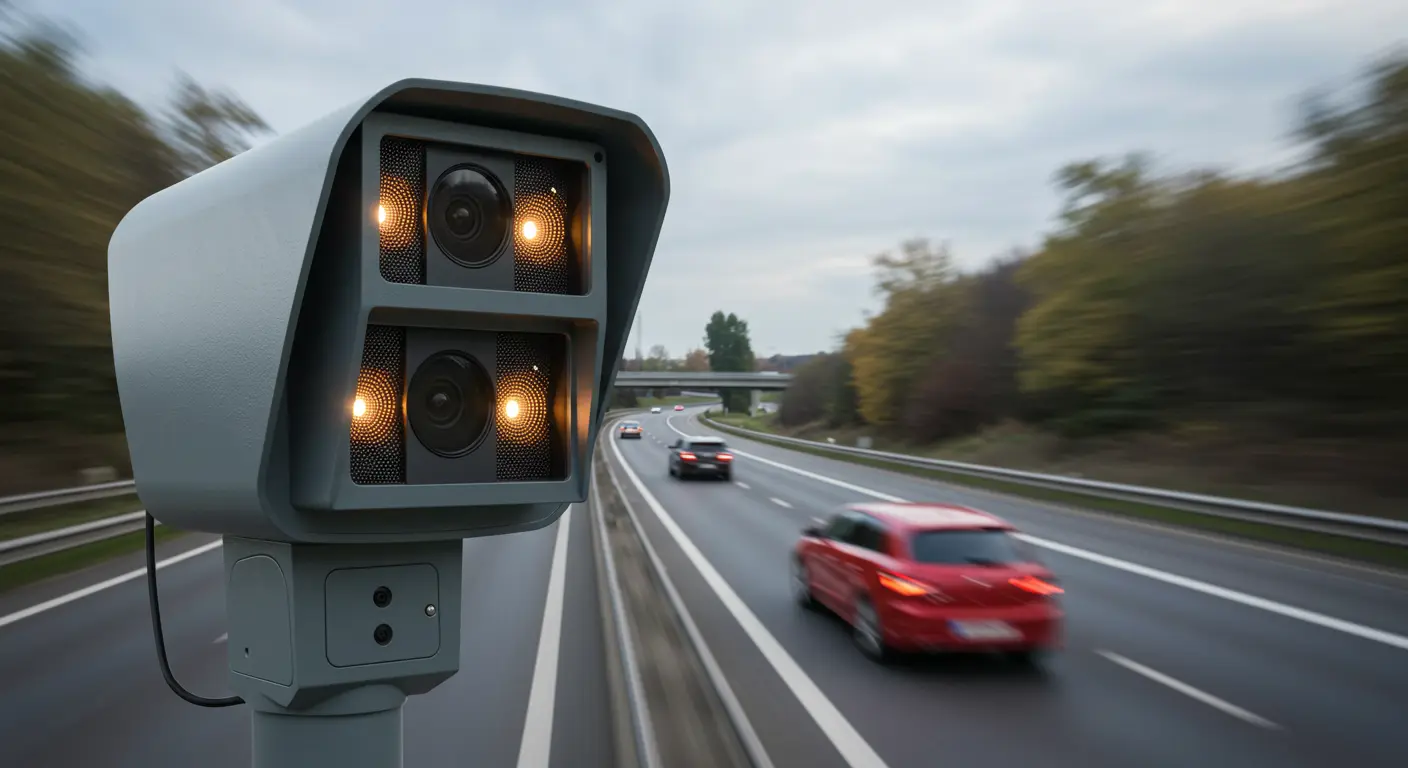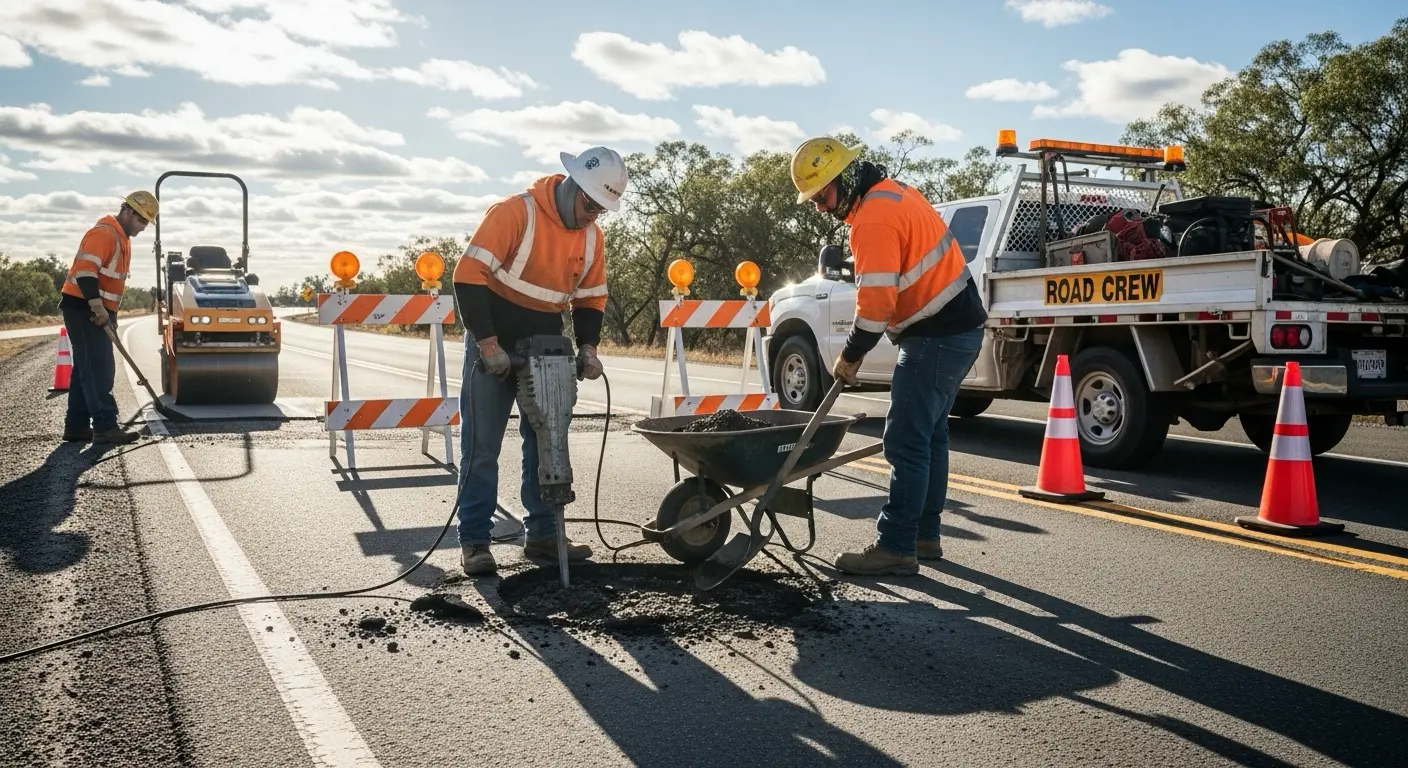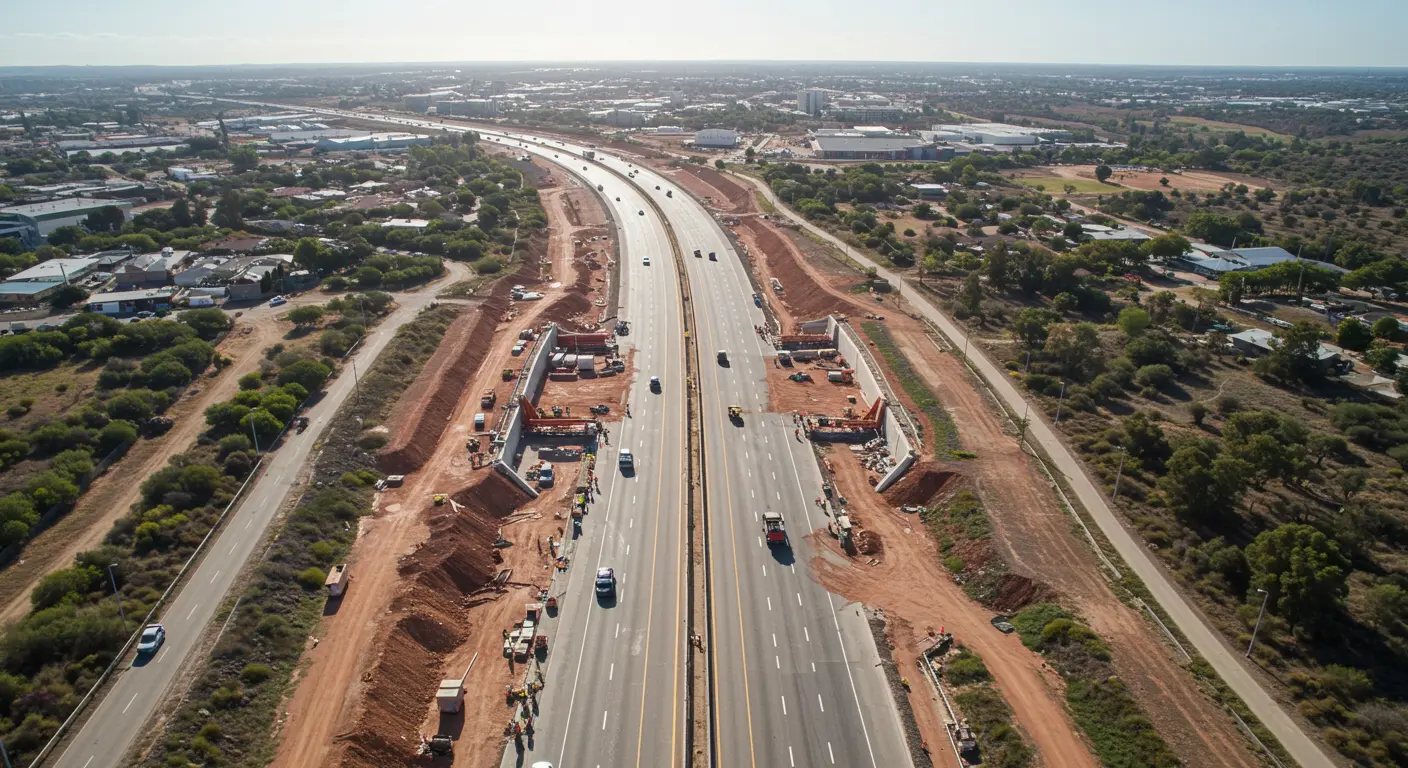The Hidden Danger of Slow Drivers on Australian Roads
While speeding is often the focus of road safety discussions, an equally hazardous practice has emerged as a significant concern in Australia: driving too slowly. Recent studies and enforcement actions across the country underscore the dangers associated with this behavior and the legal consequences slow drivers may face.
Risks Posed by Slow Driving
Travelling significantly below the posted speed limit can create serious safety hazards on Australian roads. Excessively slow drivers may cause:
- Disrupted traffic flow
- Increased congestion
- Confusion and frustration for other motorists
- Higher risk of rear-end collisions
Slow driving can prompt other motorists to make abrupt lane changes or risky passing maneuvers, potentially resulting in severe accidents.
Legal Ramifications Throughout Australia
Australian road rules address slow driving through regulations prohibiting the unreasonable obstruction of other drivers' or pedestrians' paths. This law is enforced in all states and territories, with penalties varying by location:
| State/Territory | Fine (Up to) | Penalty Units | Value per Unit |
|---|---|---|---|
| New South Wales | $2,200 | 20 | $110 |
| Queensland | $3,096 | 20 | $154.80 |
| Victoria | $384.62 | 2 | $192.31 |
| Western Australia | Not specified | Not specified | Not specified |
| South Australia | $156 | Not specified | Not specified |
| Tasmania | $975 | 5 | $195 |
| Northern Territory | $7,040 | 40 | $176 |
| Australian Capital Territory | $3,200 | 20 | $160 |
Specific Regulations and Penalties
In New South Wales, for example, Road Rule 125 prohibits drivers from unreasonably obstructing the path of another driver or pedestrian. This rule applies to motorists travelling too slowly for the prevailing conditions.
It's crucial to note that these fines are levied when a driver's speed is abnormally slow given the circumstances. The posted speed limit represents the maximum safe speed under ideal conditions. Drivers are expected to reduce their speed when conditions are suboptimal, such as during inclement weather or low visibility.
Achieving a Balance Between Safety and Traffic Flow
While driving below the speed limit is not inherently illegal, there comes a point when excessive slowness impedes traffic flow. This is considered a hazard and is often referred to as an obstruction. Factors that may necessitate slower driving include:
- Rain
- Wind
- Poor lighting
- Snow or ice
- Road conditions (roadworks, hazards, live stock)
- Presence of other road users
However, driving excessively slowly without justification (e.g., travelling 10km/h in a 50km/h zone due to light rain) could be deemed unreasonable.
Enforcement Case Study
- Perth, Western Australia (2019): A driver was fined for travelling 28 km/h under the speed limit on a freeway
- Sydney, New South Wales: Police have issued fines to drivers travelling at 90 km/h in 100 km/h zones while in the right-hand lane and not overtaking
- Queensland (2022): A driver received a $275 fine for driving too slowly on the M1 motorway, causing traffic build-up
